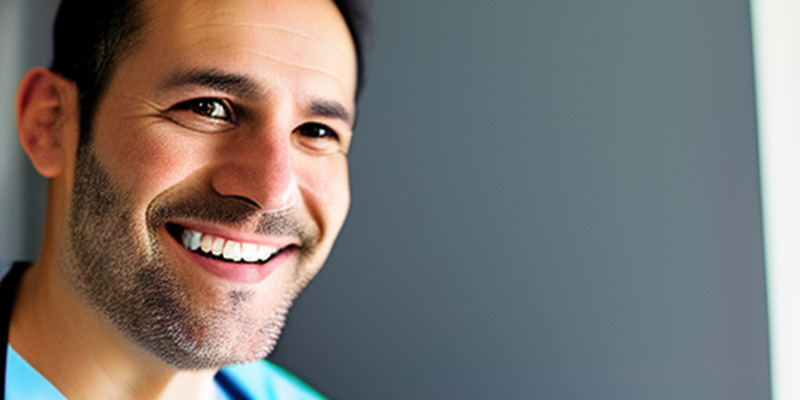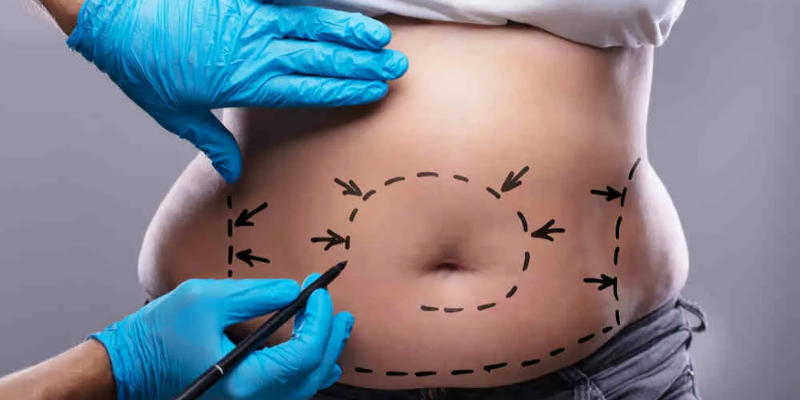What The Best And Most Safe Weightloss Surgery?
“Bariatric sleeve surgery” or “longitudinal vertical gastrectomy” is the answer of What The Best And Most Safe Weightloss Surgery question. This makes the stomach look like a banana or a tube. The surgery is done with the help of a laparoscope and a tool called a stapler. Laparoscopic sleeve gastrectomy (LSG) is a safe and effective surgery for people with a high body mass index who want to lose weight (BMI). Sleeve gastrectomy is a new surgery for obesity that can be done laparoscopically and reduces the size of the stomach. In the shape of a tube, the stomach connects to the esophagus.
When the stomach’s ability to hold food drops to 25%, a person needs to eat 1/4 of what they ate before they feel full. This method doesn’t cause malabsorption because the intestines aren’t skipped, and because you eat less, you lose weight. During laparoscopic surgery, tiny instruments are put into the upper belly through a series of small cuts. During a sleeve gastrectomy, the stomach is taken out. This leaves a tube-shaped stomach about the size and shape of a banana.
The amount of food you can eat is limited by how big your stomach is. Also, the procedure changes hormones in ways that help people lose weight. Changes in hormones that help people lose weight also help treat diseases like high blood pressure and heart disease.
How To Choose What The Best And Most Safe Weightloss Surgery?
The details of your procedure were decided by both your personal situation and the rules of the hospital or doctor. In some sleeve gastrectomies, large (open) cuts have been made in the belly. On the other hand, sleeve gastrectomy is often done laparoscopically, which means that tiny instruments are put in through a series of small cuts in the upper abdomen.
Before your surgery, you will be given general anesthesia. Anesthesia is a drug that puts you to sleep and makes you feel at ease during surgery. During bariatric sleeve surgery, the surgeon staples the stomach vertically and removes the wider, curved part of the stomach, leaving a thin sleeve. Most surgical procedures take between one and two hours to finish. After surgery, you wake up in a recovery room where doctors and nurses keep an eye on you to make sure nothing goes wrong. A sleeve gastrectomy has been done using a laparoscopic method with four incisions and general anesthesia.
With the help of a stapler, laparoscopic sleeve gastrectomy surgery has been done. The stapled-apart part of the stomach was taken out of the abdomen through the 12 mm trocar hole. After a laparoscopic sleeve gastrectomy, 75 percent of the stomach’s capacity is gone. It’s a method that has less risk than other methods. A sleeve gastrectomy is a good surgery for people who are very overweight. Most people lose 50% of their extra weight in the first six months after surgery and 75% in the first year.
How long does bariatric sleeve surgery take? In some sleeve gastrectomies, large (open) cuts have been made in the belly. On the other hand, sleeve gastrectomy is often done laparoscopically, which means that tiny instruments are put in through a series of small cuts in the upper abdomen.
What The Best And Most Safe Weightloss Surgery For Me?
It’s a surgery that works very well for people who are moderately or severely overweight. After surgery, weight-related health problems like high blood pressure, sleep apnea, and diabetes get better by 70% to 80%. With this method, you don’t have to cut or re-connect your gut.
The stomach still does what it needs to do, but it gets smaller. Most people lost half of their extra weight within the first six months after surgery. When 75% of the stomach wall is removed, the hormone ghrelin, which makes you feel hungry, makes less of itself, and so does the feeling of hunger.
The gastric bypass surgery is harder than the sleeve gastrectomy surgery. There is no loss of minerals and vitamins, which can happen when the small intestine is bypassed, which may be necessary for older people. Sugar and sweet foods are now better tolerated, and people try to avoid dumping syndrome. There is no foreign object in the body, unlike with the gastric band (stomach clamp). It can lead to more surgery treatments for obesity if that is what is needed. Rarely do people have problems after surgery. On the other hand, late complications happen 25% of the time with a gastric band and 10% of the time with a gastric bypass.
Gastric Sleeve Side Effects
As a result of stapling, the stapler line may leak (1% of the time) or bleed (2% of the time). Most people lose between 50 and 70% of their weight within the first year after surgery. After surgery, obesity-related diseases like high blood pressure, diabetes, joint pain, high cholesterol, and sleep apnea get better or go away for 75% of patients. It’s a rare chance to get rid of this illness or condition. People often think that they’ve died and then come back to life. When extra weight is gone, diseases linked to obesity go away or get much better.
After Bariatric Sleeve Surgery, What’s Next?
In the weeks before your surgery, you may be asked to start an exercise program and stop smoking. Before your surgery, you may be limited in what you can eat and drink and which medicines you can take. If you think you’ll need help at home, for example, you should make plans for it.
After weight-loss surgery, you will see a doctor regularly for the first few months to check on your health. There may be a need for different tests, bloodwork, and exams.
If you don’t lose enough weight after surgery to help you lose weight, you might gain weight. If you don’t make the changes that are suggested, you may gain weight. For example, if you eat a lot of high-calorie snacks, you might not lose enough weight. To keep from gaining weight back, you need to make long-term changes to how you eat and get regular exercise.
After weight-loss surgery, it’s important to keep all of your follow-up appointments so your doctor can check on your progress. See your doctor right away if you don’t lose weight or have problems after surgery.
How Can I Find ‘What is the Best Weight Loss Surgery’ for Me?
Are you curious about finding the answer to ‘what is the best weight loss surgery?’ Weight loss surgery is a popular and effective way to lose excess weight. However, different procedures have different success rates and side effects. Depending on your individual goals, lifestyle, and health history, the answer to ‘do I qualify for weight loss surgery, and if I do, to which one?’ will vary from person to person.

Ultimately, the goal of any weight loss surgery should be to improve overall health while achieving a healthy weight-loss goal safely and effectively. Investing time in researching the options available can help you make an informed decision that’s right for you.
Additionally, it’s important to remember that short-term and long-term weight loss surgical options are available. No matter what type of surgery you choose, the key is finding a treatment plan to help you reach and maintain a healthy weight for years.
If you are still unsure which procedure is right after doing your research, consider seeking a consultation with a nutrition specialist or bariatric surgeon who can provide personalized advice based on your unique needs and get an answer to ‘what is the best weight loss surgery?’ for you.



